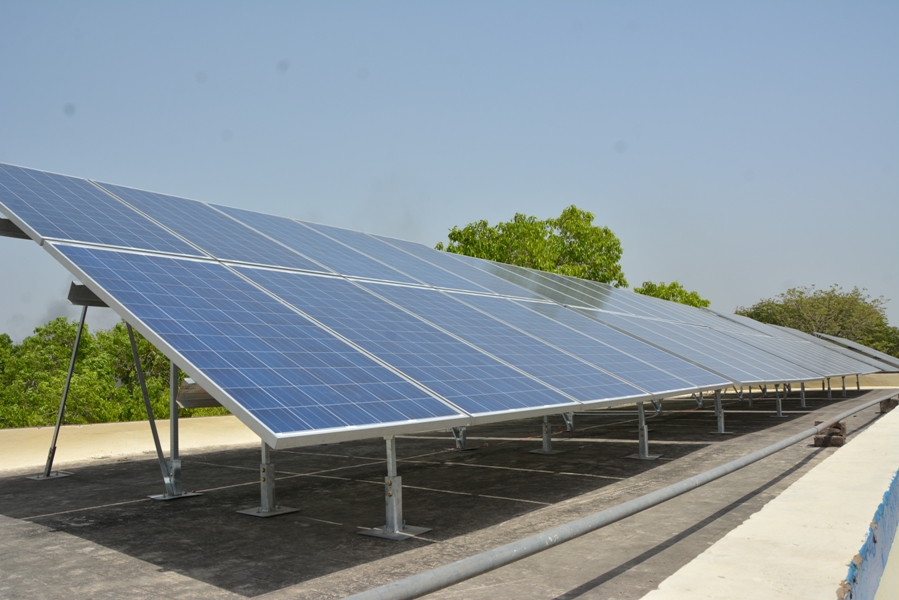The solar industry is expected to see a quantum jump with respect to grid-connected rooftops, according to Puneet Jaggi, Director, Gensol Group, a solar advisory, design & engineering, and operation & maintenance (O&M) service provider. Jaggi was interacting with T&D India during the InterSolar 2017 event in Mumbai.
India’s cumulative capacity of grid-connected rooftops is currently around 1.3 GW. However, much of this has come about in the recent past. “Solar rooftop in India has seen much more activity in the past six months than it has in the past five years,” noted Jaggi. He expects that there will be a jump in tendering activity with respect to solar rooftops in the coming years. There has also been a great deal of streamlining of policies at the state government level, which has contributed to acceleration in the solar rooftop movement, in general, noted Jaggi.
When asked about the lack of uniformity of solar rooftop-related polices across state governments, Jaggi explained that though power was a Concurrent subject, something like solar rooftop will largely remain in the jurisdiction of the state government. “Differences in policies will be there but this will not be a deterrent to the growth of the solar rooftop industry,” summarized Puneet Jaggi.
Explaining some “differences” across state governments, Jaggi said that while a state like Karnataka supports Open Access policy, it is not so in say Maharashtra and Gujarat. In states like Punjab and Haryana, the entire process of claiming subsidy for solar rooftop installations has been made online whereas in Madhya Pradesh, for instance, there is still paperwork involved.
In several forums, the lack of uniformity of net-metering policy has been cited as one of the reasons for the slow growth in solar rooftops. When asked about his views on net metering, Jaggi made an interesting observation. He explained that differences in net metering are bound to be there because it is intrinsically linked to the power tariff structure. For example, Maharashtra has the highest power tariff for industrial and commercial connections. This western state actively promotes net-metering as the payback period for the solar rooftop developer is low. (The payback period will be inversely related to tariffs.) However, when seen in a state like Gujarat where tariffs are low, the payback period would obviously be longer. This is why net-metering is not so actively pursued in Gujarat.
It may be mentioned that with a view to boosting solar rooftops, the Centre is working on a “rent a roof” programme wherein a developer will rent out a roof from a homeowner, in order to set up a solar rooftop. Electricity generated from this will be fed to the grid. India has targeted 40 GW of grid-connected solar rooftop capacity but industry experts fear that less than half of this will be realized by the targeted date of 2022.
(Photograph for illustration purpose only)

